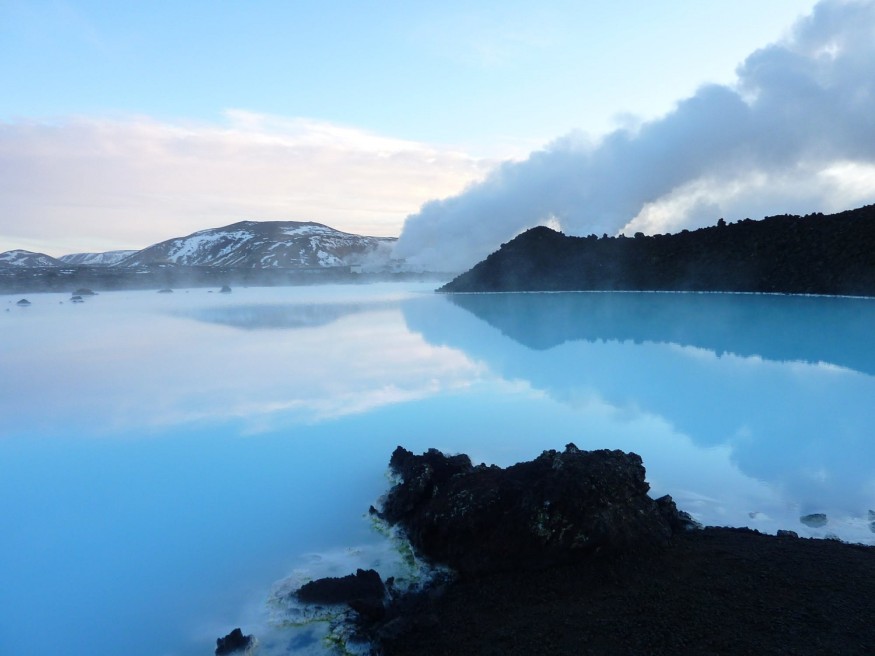The newest volcano in Iceland has been spewing spatter bombs or molten lava, prompting experts to monitor if this will bring wildfires in the area.

According to a report on Live Science, it can be observed that the volcano, situated in the Reykjanes peninsula, has been overthrowing molten lava since it was formed due to an underground eruption last July 10.
Experts said that the underground eruption had caused the opening of a 1.7-mile-long or 2.7 kilometers fissure in the ground of Iceland's Reykjanes peninsula.
Collapse of the volcano's crater
The Laboratory of Volcanology and Natural Hazards said on July 18 that there was a major shift in the activity of the volcano's vent.
It explained that "the crater filled up to the brim with lava and the fountaining began to throw spatter bombs well beyond the crater rims."
After three hours, a small opening was formed, prompting the lava to overflow from the crater. Experts said that the lava being released from the baby volcano was roughly 2,192 degrees Fahrenheit or 1,200 degrees Celsius.
Associate Professor of Geography at the University of Iceland Ingibjörg Jónsdóttir pointed out that the volcano's crater is unstable.
"It had built up quite fast and it was filling up with lava on the inside, causing pressure to the walls. Not unusual as such but spectacular and of concern since there were people quite close by not long before it happened (in a closed area though)," he told Live Science.
In an advisory, the Icelandic MET Office said the activities of the volcano continues to present significant threats and risks which may evolve and occur with very little or no warning.
It is foreseen to continue its gas emissions, which contains sustained and localized gas pollution that rises whenever winds are lower.
Meanwhile, dangerous and potentially fatal gas levels could also accumulate in topographic lows.
These lava flows caused by the collapse of the crater could result in further changes in topography, the MET Office said.
There could also be openings of new eruptive fissures due to the continuing volcanic activities.
An earlier report from Nature World News indicated that the most powerful earthquake recorded was the magnitude 4.8, which happened on July 5.
Records showed that the Fagradalsfjall volcano erupted after laying dormant for 800 years on March 19, 2021. Three months after this activity, the volcano still spewed lava and expanding its flow field.
Vegetation fires
Experts will continue to monitor the situation as they warned that future lava flows could possibly bring wildfires.
The Icelandic MET Office also warned that the overflowing lava could dramatically dramatically decrease the air quality in the region.
The said office cautioned individuals who would enter the area, reminding them to be aware of the hazards. The public should also refrain themselves from entering hazard zones.
Those who want to visit the vicinity of the area should constantly check for the wind direction, gas forecast as well as the level of gas pollution in the area before hiking.
They are also advised to wear dust masks to protect themselves in the event that moss fires will transpire.
Related Article : Iceland Volcano Erupts Near Capital After A Strong Earthquake Struck
© 2025 NatureWorldNews.com All rights reserved. Do not reproduce without permission.





